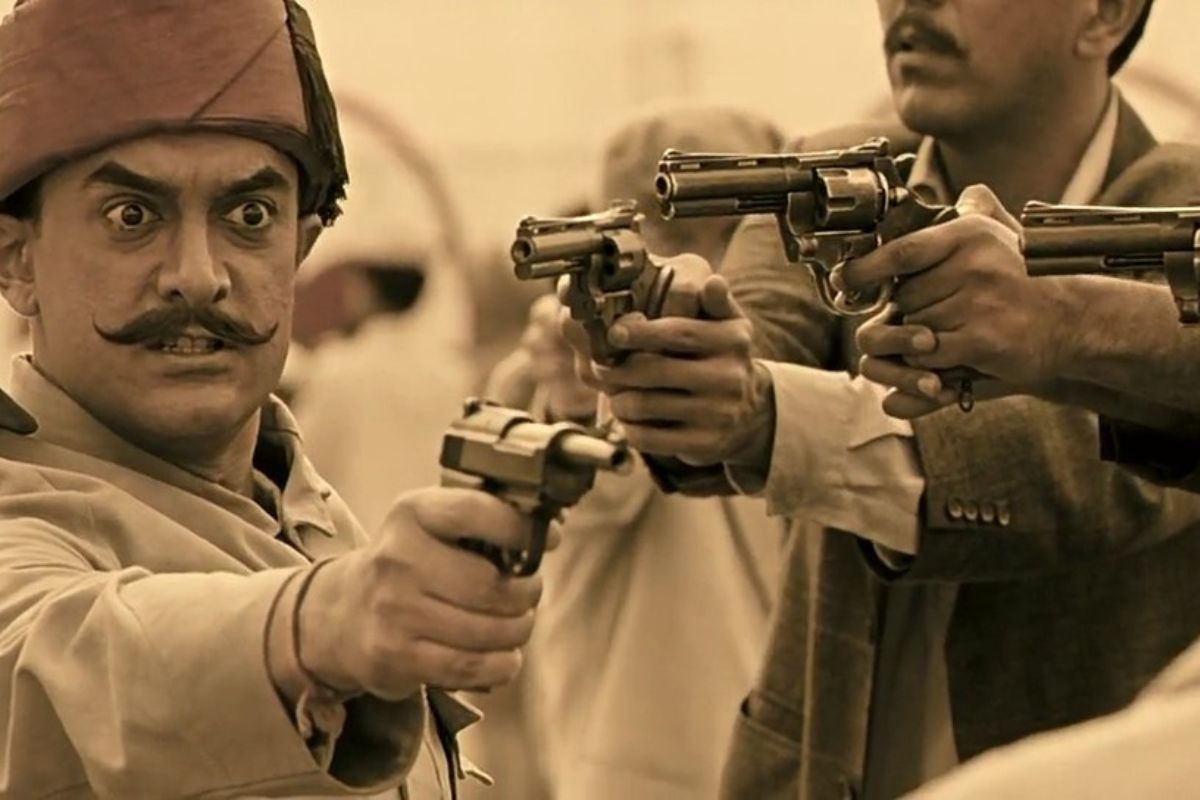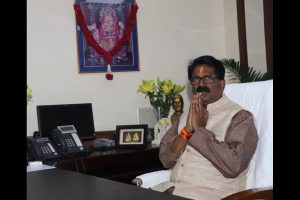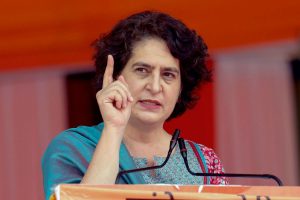War history has long served as a fertile ground for cinematic exploration. Epics such as Saving Private Ryan encapsulate the visceral tumult of World War II’s critical moments, exemplified by the harrowing realism of the D-Day landing sequence. Meanwhile, Apocalypse Now delves into the existential quandaries of morality and duty amidst the backdrop of the Vietnam War, creating a profound meditation on the human psyche amidst chaos. Films like Schindler’s List meticulously chronicle the atrocities of the Holocaust, intertwining tales of heroism and compassion amid unspeakable suffering. Dunkirk, with its genius narrative interplay, captures the essence of collective resolve and survival during the Allied evacuation from France.
Cinematic endeavours wield the power to transport audiences across epochs, offering glimpses into foregone eras and shedding light on the history of human experience. Yet, beyond their aesthetic allure, these films serve a deeper intellectual purpose, inviting viewers to engage with history in a dynamic and immersive manner: stories waiting to be told, narratives waiting to be immortalised and lessons waiting to be learned.
History came alive within the serene campus of Ramakrishna Mission Residential College, Narendrapur, as the department of history conducted an intellectually stimulating contest– the second edition of ClioVenture. On the 2nd of April, the college hosted its annual one-day state-level fest, providing a sanctum for students from diverse academic backgrounds to explore their ardour for history, art and culture under the overarching theme of “Filming History”.
The event drew over 250 students from more than 25 esteemed colleges and universities across Kolkata and West Bengal, and the fest radiated with intellectual fervour and creative energy. The highlight of the event was the paper presentation segment, where scholarly minds delved into diverse historical narratives through the lens of filmmaking.
Rik Bhattacharya, a student of RKM Residential College, Narendrapur, expressed his perspectives as outlined in his research paper titled “Interrogating Humanist Ideals in the Face of Historical Trauma: Masaki Kobayashi’s Exploration of Patriotism, Morality and Identity during the Asian Holocaust in The Human Condition Trilogy” during an interview with The Statesman.
Beyond the well-documented horrors of the Jewish holocaust by the Nazis, the Empire of Japan perpetrated numerous war crimes and atrocities against various Asian-Pacific nations, notably during the Second Sino-Japanese War and the Pacific Wars. These crimes, including sexual slavery, massacres, human experimentation, starvation and forced labour, were directly carried out by the Imperial Japanese Army and the Imperial Japanese Navy. Events such as the Nanjing Massacre and the invasion of Manchuria witnessed mass murder, arson, looting and the widespread rape of women of various ethnicities.
“When war is brimming and tearing apart Japan, what is the responsibility of the average Japanese individual or soldier? Does he turn off his conscience and buy into the jingoistic idea of patriotism preached by his tyrannical superiors? Or does he stand by his humanist morals even when the times are against him? These are the burning questions which keep on repeating themselves in Masaki Kobayashi’s anti-war humanist film, The Human Condition. Bringing in multilayered discourses of oppression, power and inhumanity, Kobayashi, just like Jean-François Lyotard, critiques the grand narratives of modernity and the idea of progress … The Asian Holocaust is significant in teaching us how the imperialist and rapacious patriarchal attitude to life and humanity in general can affect human history, and the worst victims of this kind of transgression have always been women and children,” commented Bhattacharya.
In an age marked by rising xenophobia, hate speech and authoritarianism, the lessons of history embedded within celluloid serve as stark warnings against the dangers of unchecked power, ideological fanaticism and collective indifference. Many films centred on war history have tackled the themes of the Jewish Holocaust and Nazi propaganda extensively. Such was taken up as a subject in a paper titled “Ideological Poisoning and Shifting Perspectives in Nazi Germany: Observing Through Lens of Jojo Rabbit and A Boy in the Striped Pyjamas” by Sharmistha Dasgupta of Lady Brabourne College.
“In films like Jojo Rabbit and The Boy in the Striped Pyjamas, we see the intensive use of propaganda to brainwash the minds of the youth. Jojo had joined the Deutsches Jungvolk, the junior section of the Hitler Youth. As Jojo Rabbit begins, we can see Nazi officials instructing children about the duties of being a soldier for Germany and the racial superiority of the Aryans. Throughout both films, we observe how anti-Semitism was indoctrinated in the minds of children. This was one of the chief means that the state adopted to fulfil their requirements, the main victims of which were the children. According to Armin Lehman, who was a Hitler Youth courier in the Fuhrerbunker towards the end of Hitler’s life, the indoctrination of youth was such that they lost their objectivity and rationality and never questioned what they were told. Ideological poisoning was thus a phenomenon in widespread practice in Nazi Germany,” Dasgupta told The Statesman.
Seldom does a Bollywood film manage to evoke profound inspiration and trigger a significant social impact that galvanises action. However, the Aamir Khan-starrer Rang De Basanti achieved precisely that. The Rakeysh Omprakash Mehra directorial is widely regarded as one of the most significant contributions to Indian cinema. Its stirring portrayal of patriotism resonated deeply with audiences nationwide, igniting emotional responses and prompting calls to action. Rang De Basanti emerged as a catalyst for social change, inspiring a range of movements, from peaceful candlelight vigils to the fervent pursuit of justice in cases like that of Jessica Lal’s murder. Presenting a paper in Bengali titled “Rang De Basanti — Itihasher Aaloke — Bartamaner Khoj” (meaning, Rang De Basanti— Finding the present in the light of history) Swaprava Mukhopadhyay, a student of the University of Calcutta, raised a question: As rulers come and go and foreign dominion gives way to indigenous governance, one must ponder: does the essence of humanity truly undergo transformation?
Talking to The Statesman, he said, “Rang De Basanti serves as a wake-up call, reminding us of the sacrifices made by millions to attain freedom, only to witness our nation succumb to internal strife such as corruption, religious fanaticism and economic disparity. The spirit of revolutionaries like Bhagat Singh and Chandrasekhar Azad resides within each of us; we need only awaken them. Despite the challenges we face, we must not lose faith in humanity.”
Professor Arup Kumar Biswas, Founder of ClioVenture, said, “There are so many fests held in different colleges outside Narendrapur, but mostly they are all cultural in nature, while ClioVenture is an academic fest. There are numerous seminars and symposia in academia where papers are presented, particularly by the teachers and the research scholars, but ClioVenture is the only platform for undergraduate and postgraduate students where they can manifest their research skills and academic talents in public.”
Paramita Banerjee and Bipasha Chakrabarty from Jadavpur University clinched the top honours, followed by Ujjayini Talukdar and Priyakshi Sen from Loreto College as the runners-up. The joint accolade for the second runners-up was bestowed upon Rik Bhattacharya from Ramakrishna Mission Residential College, Narendrapur, and Monami Banerjee from Loreto College.
“Observing students passionately presenting their papers on a diverse array of topics within the realm of film history is indeed a gratifying experience. The enthusiasm and dedication with which students researched various facets of film history, from exploring cinematic techniques to analysing cultural influences and historical contexts, is surely commendable. Moreover, the exchange of ideas and perspectives among students fosters a dynamic learning environment, enriching the collective understanding of film as an art form and cultural artefact,” said professor Somshankar Ray of Vidyasagar College, one of the jury members.
Additionally, the event featured a quiz competition, with RJ Pushpal serving as the quizmaster.
Talking to The Statesman, film critic Siladitya Sen, who delivered the keynote address at the fest, said, “When discussing filming history, we delve into two main aspects: the history of cinema itself and the portrayal of historical events within films. Another facet encompasses the depiction of history through the artistic medium of film. David Wark Griffith revolutionised the narrative film genre. However, in our nation, historical storytelling often veers towards embellishment and distortion. Biopics frequently transform into hagiographies, where the central character is magnified while others are diminished in comparison. Dudley Andrew argues that historians and critics scrutinise historical films for inconsistencies, yet when emphasis is placed on cinematic elements, they critique it for overlooking historical accuracy. However, there exists another perspective known as the auteurship, meaning authorship of cinema, pioneered by Satyajit Ray in our country.”
Movies depicting historical events hold a distinctive and intellectually profound position within the realm of cinema. However, it is essential to recognise that historical films are not without their complexities and controversies. The inherent tension between historical accuracy and artistic licence often sparks debates about authenticity, interpretation and representation. Filmmakers walk a fine line between fidelity to historical facts and the demands of narrative coherence, artistic expression and audience engagement. Moreover, the lens through which history is portrayed in cinema is inevitably shaped by the cultural, social and ideological context of the filmmaker and the audience. Nevertheless, historical films have the potential to stimulate interdisciplinary dialogue and collaboration. By bridging the realms of history, art, literature and sociology, they provide fertile ground for cross-disciplinary exploration and scholarship. Whether depicting the triumphs of ancient civilisations, the upheavals of revolutions, or the tragedies of war, historical films have the power to humanise the past, espousing a sense of connection and empathy across temporal divides.












